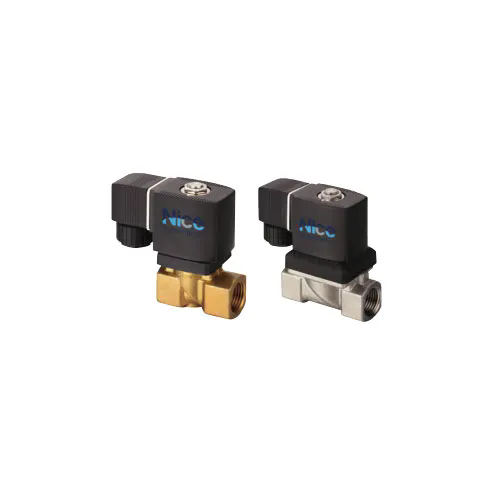What Are Solenoid Valves and Why Are They Essential in Modern Systems?
2024-11-27
Solenoid valves play a crucial role in many industries, including automation, HVAC systems, water treatment, and even medical devices. But what exactly are solenoid valves, and why are they so vital in today's mechanical and electronic systems? In this blog, we’ll explore the basics of solenoid valves, their applications, and why they are indispensable in a variety of industries.
What is a Solenoid Valve?
A solenoid valve is an electromechanical device that controls the flow of liquids or gases in a system. It operates by using an electric current to generate a magnetic field, which moves a plunger inside the valve to open or close the flow path. The valve is essentially a switch that controls fluid movement based on electrical signals, making it ideal for automatic or remote control in systems.
How Do Solenoid Valves Work?
The core mechanism of a solenoid valve is simple yet effective. When an electrical current is applied to the solenoid (a coil of wire), it creates a magnetic field. This magnetic field pulls a metal plunger, which either opens or closes the valve’s passage, allowing or blocking the flow of fluid.
There are different types of solenoid valves based on their configuration:
- Normally Closed (NC): The valve remains closed when no power is supplied, and it opens when the solenoid is energized.
- Normally Open (NO): The valve is open without power and closes when energized.
- Two-Way and Three-Way Valves: These refer to the number of ports in the valve. Two-way valves control the flow in and out of a single line, while three-way valves have an additional port to divert the flow.
Applications of Solenoid Valves
The versatility of solenoid valves means they are used in a wide range of industries. Some key applications include:
1. Water and Wastewater Management: Solenoid valves are often used in irrigation systems to control water flow. They’re also essential in water treatment plants for controlling chemicals and regulating pressure.
2. Heating, Ventilation, and Air Conditioning (HVAC): Solenoid valves regulate hot or cold water, refrigerant, and airflow in HVAC systems, ensuring efficient temperature regulation in buildings.
3. Automotive Industry: In vehicles, solenoid valves are used for various functions, such as controlling the flow of fuel in fuel injectors or regulating exhaust gases in emission systems.
4. Medical Devices: Solenoid valves are integral in medical equipment like ventilators, dialysis machines, and oxygen regulators, controlling the flow of gases and liquids safely and efficiently.
5. Food and Beverage Industry: These valves are used in processes such as mixing, filling, and sterilizing food products. They ensure accurate flow control in production lines.
Why Are Solenoid Valves Important?
Solenoid valves offer several benefits that make them essential in modern systems:
- Automation: Solenoid valves can be integrated into automated systems, enabling precise control without human intervention. This is particularly important in industries like manufacturing and food production, where efficiency and accuracy are critical.
- Safety: In many applications, solenoid valves help prevent overpressure or leakage, maintaining safe conditions for both equipment and personnel. In medical devices, they ensure that critical fluids are delivered precisely as needed.
- Reliability: With no moving parts subject to wear and tear in the traditional sense, solenoid valves can offer a long operational life with minimal maintenance when used properly.
- Energy Efficiency: These valves can help optimize energy use by precisely controlling the flow of fluids and gases, which can be essential in reducing operational costs.
Conclusion
Solenoid valves are small but mighty components that have a massive impact on systems across a variety of industries. From water management to automotive manufacturing and medical devices, their ability to control the flow of liquids and gases automatically is indispensable. As industries continue to automate and strive for higher efficiency, solenoid valves will remain a cornerstone of modern mechanical and electrical systems. Understanding their function and importance can help anyone involved in engineering, manufacturing, or maintenance appreciate their true value.



